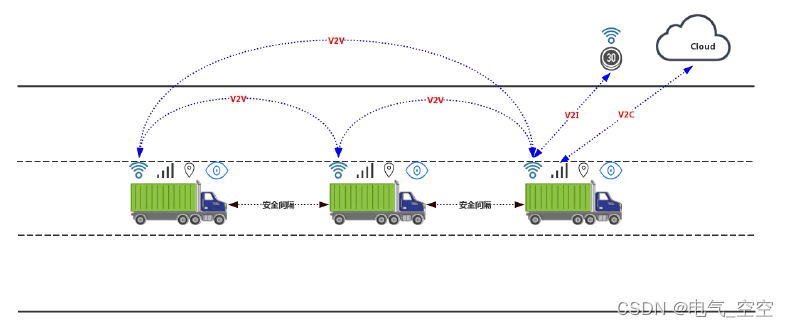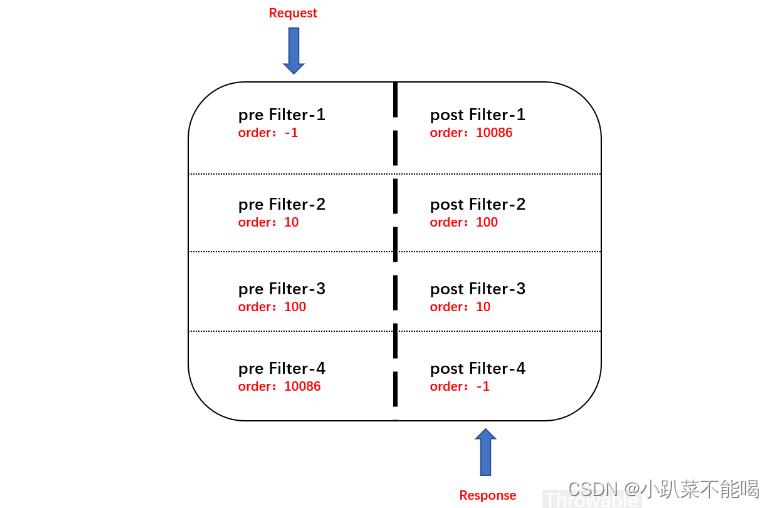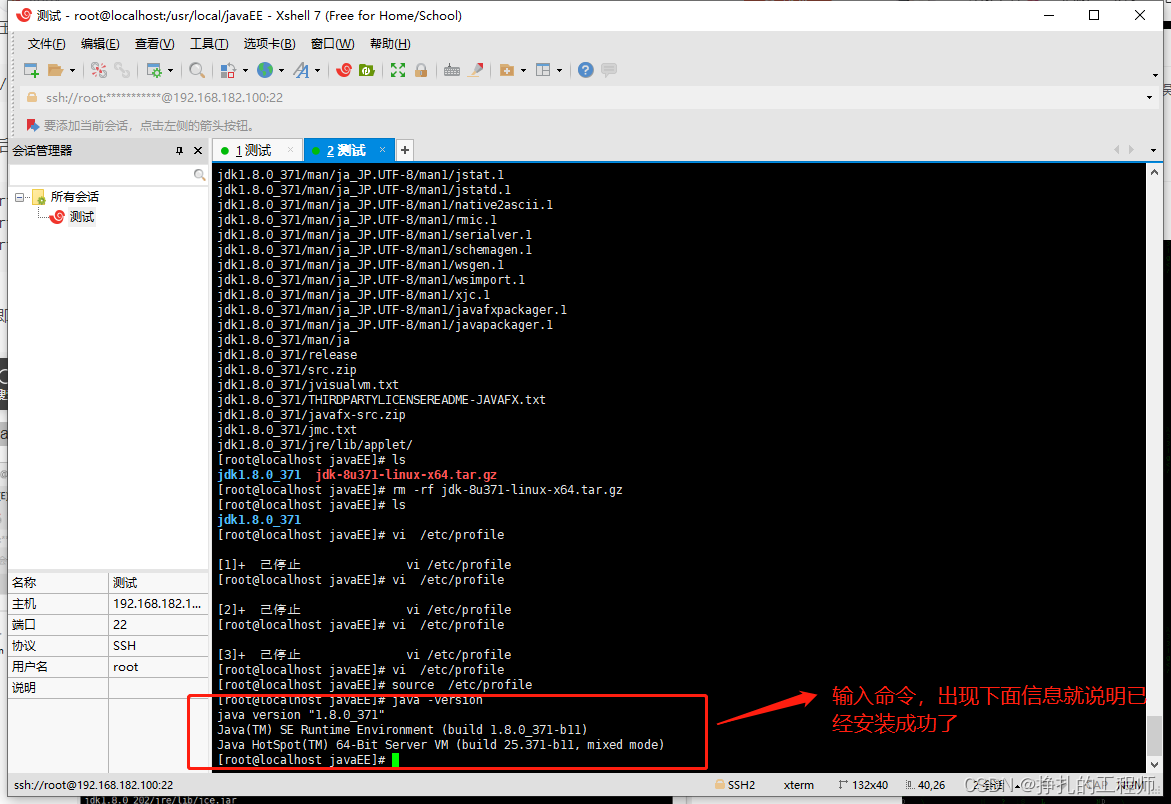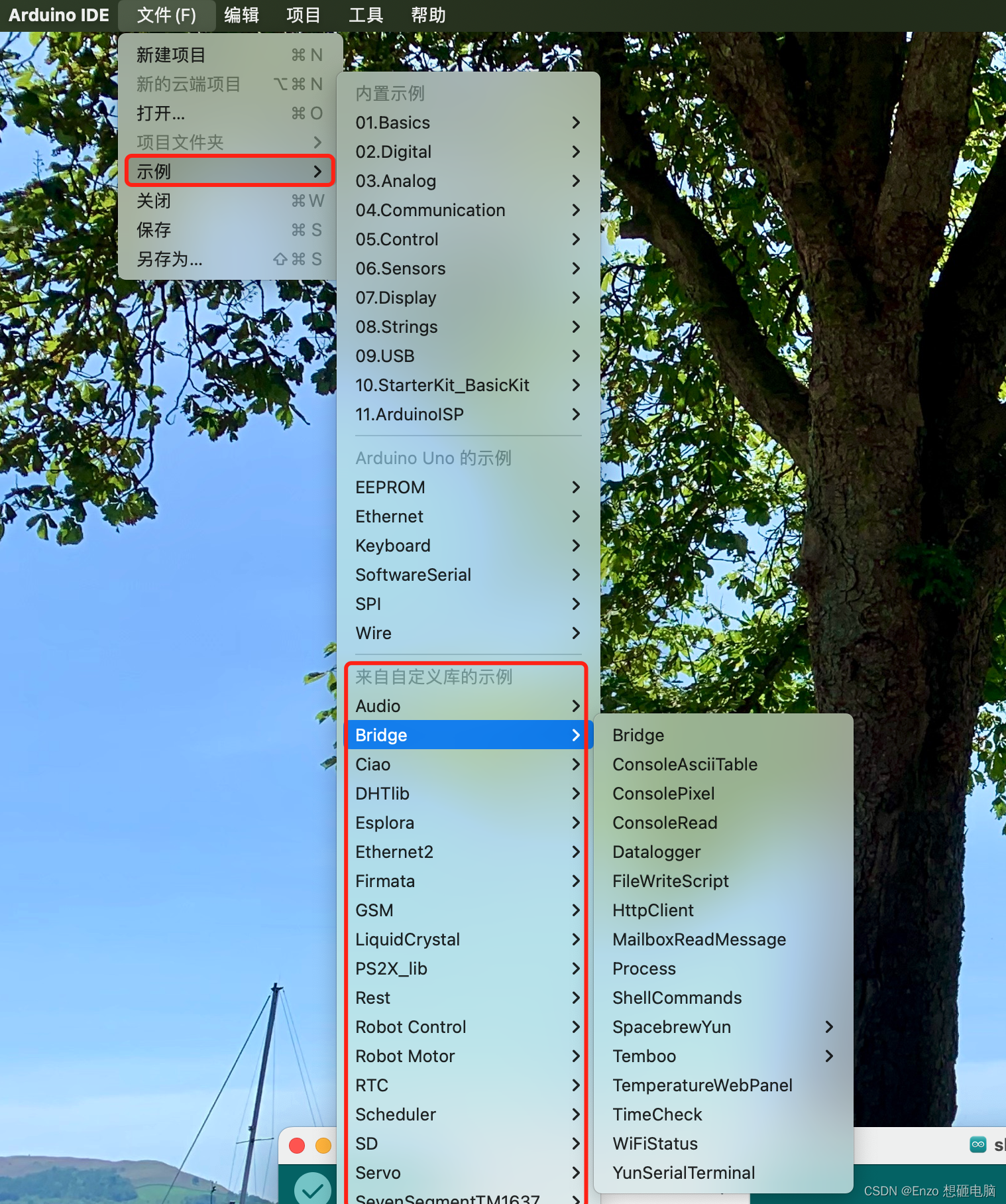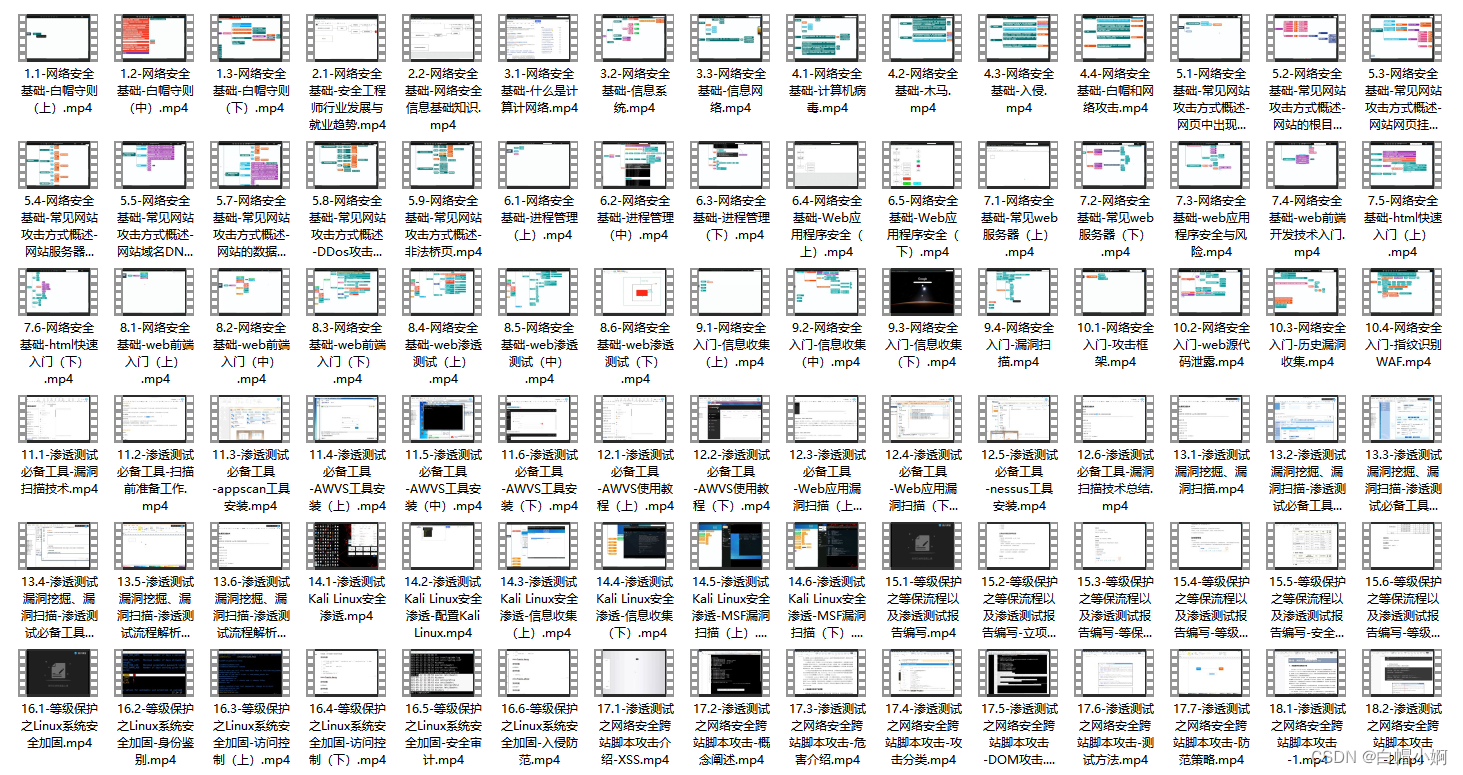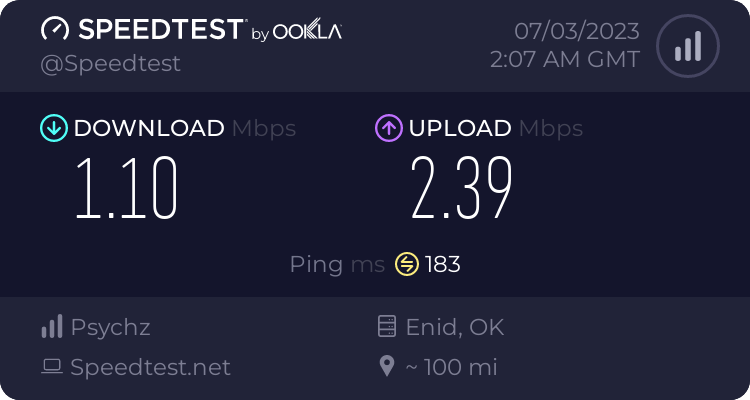1. 背景&目标
利用Tensorflow object detection API开发并训练图像分类模型(例如,Mobilenetv2等),自己直接手动调参,对于模型的准确率提不到极致,利用微软NNI自动调参工具进行调参,进一步提升准确率。
2. 方法
- 关于Tensorflow object detection API开发并训练图像分类模型详见这篇博客:【tensorflow-slim】使用tensroflow-slim训练自己的图像分类数据集+冻成pb文件+预测(本文针对场景分类,手把手详细教学!)
- 关于微软NNI工具的使用参考官方网站即可:Neural Network Intelligence
- 具体代码实现,直接将下列代码放在一个
.py文件中,文件名为nni_train_eval_image_classifier.py,放在Tensorflow object detection API官方代码仓的models-master/research/slim目录下,再依照NNI工具官方使用方式使用即可。
# Copyright 2016 The TensorFlow Authors. All Rights Reserved.
#
# Licensed under the Apache License, Version 2.0 (the "License");
# you may not use this file except in compliance with the License.
# You may obtain a copy of the License at
#
# http://www.apache.org/licenses/LICENSE-2.0
#
# Unless required by applicable law or agreed to in writing, software
# distributed under the License is distributed on an "AS IS" BASIS,
# WITHOUT WARRANTIES OR CONDITIONS OF ANY KIND, either express or implied.
# See the License for the specific language governing permissions and
# limitations under the License.
# ==============================================================================
"""Generic training script that trains a model using a given dataset."""
from __future__ import absolute_import
from __future__ import division
from __future__ import print_function
import os
import nni
import argparse
import logging
import time
import tensorflow as tf
from tensorflow.contrib import quantize as contrib_quantize
from tensorflow.contrib import slim as contrib_slim
from tensorflow.core.protobuf import config_pb2
from tensorflow.python.client import timeline
from tensorflow.python.lib.io import file_io
from datasets import dataset_factory
from deployment import model_deploy
from nets import nets_factory
from preprocessing import preprocessing_factory
slim = contrib_slim
logger = logging.getLogger('mobilenetv2_AutoML')
def _configure_learning_rate(num_samples_per_epoch, global_step):
"""Configures the learning rate.
Args:
num_samples_per_epoch: The number of samples in each epoch of training.
global_step: The global_step tensor.
Returns:
A `Tensor` representing the learning rate.
Raises:
ValueError: if
"""
# Note: when num_clones is > 1, this will actually have each clone to go
# over each epoch FLAGS.num_epochs_per_decay times. This is different
# behavior from sync replicas and is expected to produce different results.
steps_per_epoch = num_samples_per_epoch / params['batch_size']
decay_steps = int(steps_per_epoch * params['num_epochs_per_decay'])
if params['learning_rate_decay_type'] == 'exponential':
learning_rate = tf.train.exponential_decay(
params['learning_rate'],
global_step,
decay_steps,
params['learning_rate_decay_factor'],
staircase=True,
name='exponential_decay_learning_rate')
else:
raise ValueError('learning_rate_decay_type [%s] was not recognized' %
params['learning_rate_decay_type'])
return learning_rate
def _configure_optimizer(learning_rate):
"""Configures the optimizer used for training.
Args:
learning_rate: A scalar or `Tensor` learning rate.
Returns:
An instance of an optimizer.
Raises:
ValueError: if FLAGS.optimizer is not recognized.
"""
if params['optimizer'] == 'adadelta':
optimizer = tf.train.AdadeltaOptimizer(
learning_rate,
rho=0.95,
epsilon=1.0)
elif params['optimizer'] == 'adagrad':
optimizer = tf.train.AdagradOptimizer(
learning_rate,
initial_accumulator_value=0.1)
elif params['optimizer'] == 'adam':
optimizer = tf.train.AdamOptimizer(
learning_rate,
beta1=0.9,
beta2=0.999,
epsilon=1.0)
elif params['optimizer'] == 'rmsprop':
optimizer = tf.train.RMSPropOptimizer(
learning_rate,
decay=0.9,
momentum=0.9,
epsilon=1.0)
elif params['optimizer'] == 'sgd':
optimizer = tf.train.GradientDescentOptimizer(learning_rate)
else:
raise ValueError('Optimizer [%s] was not recognized' % params['optimizer'])
return optimizer
def _get_init_fn():
"""Returns a function run by the chief worker to warm-start the training.
Note that the init_fn is only run when initializing the model during the very
first global step.
Returns:
An init function run by the supervisor.
"""
if params['checkpoint_path'] is None:
return None
# Warn the user if a checkpoint exists in the train_dir. Then we'll be
# ignoring the checkpoint anyway.
if tf.train.latest_checkpoint(os.path.join(params['train_dir'], nni.get_trial_id())):
tf.logging.info(
'Ignoring --checkpoint_path because a checkpoint already exists in %s'
% os.path.join(params['train_dir'], nni.get_trial_id()))
return None
exclusions = []
# TODO(sguada) variables.filter_variables()
variables_to_restore = []
for var in slim.get_model_variables():
for exclusion in exclusions:
if var.op.name.startswith(exclusion):
break
else:
variables_to_restore.append(var)
if tf.gfile.IsDirectory(params['checkpoint_path']):
checkpoint_path = tf.train.latest_checkpoint(params['checkpoint_path'])
else:
checkpoint_path = params['checkpoint_path']
tf.logging.info('Fine-tuning from %s' % checkpoint_path)
return slim.assign_from_checkpoint_fn(
checkpoint_path,
variables_to_restore,
ignore_missing_vars=False)
def _get_variables_to_train():
"""Returns a list of variables to train.
Returns:
A list of variables to train by the optimizer.
"""
if params['trainable_scopes'] is None:
return tf.trainable_variables()
else:
scopes = [scope.strip() for scope in params['trainable_scopes'].split(',')]
variables_to_train = []
for scope in scopes:
variables = tf.get_collection(tf.GraphKeys.TRAINABLE_VARIABLES, scope)
variables_to_train.extend(variables)
return variables_to_train
def train_step_for_print(sess, train_op, global_step, train_step_kwargs):
"""Function that takes a gradient step and specifies whether to stop.
Args:
sess: The current session.
train_op: An `Operation` that evaluates the gradients and returns the total
loss.
global_step: A `Tensor` representing the global training step.
train_step_kwargs: A dictionary of keyword arguments.
Returns:
The total loss and a boolean indicating whether or not to stop training.
Raises:
ValueError: if 'should_trace' is in `train_step_kwargs` but `logdir` is not.
"""
start_time = time.time()
trace_run_options = None
run_metadata = None
if 'should_trace' in train_step_kwargs:
if 'logdir' not in train_step_kwargs:
raise ValueError('logdir must be present in train_step_kwargs when '
'should_trace is present')
if sess.run(train_step_kwargs['should_trace']):
trace_run_options = config_pb2.RunOptions(
trace_level=config_pb2.RunOptions.FULL_TRACE)
run_metadata = config_pb2.RunMetadata()
total_loss, np_global_step = sess.run([train_op, global_step],
options=trace_run_options,
run_metadata=run_metadata)
time_elapsed = time.time() - start_time
if run_metadata is not None:
tl = timeline.Timeline(run_metadata.step_stats)
trace = tl.generate_chrome_trace_format()
trace_filename = os.path.join(train_step_kwargs['logdir'],
'tf_trace-%d.json' % np_global_step)
logging.info('Writing trace to %s', trace_filename)
file_io.write_string_to_file(trace_filename, trace)
if 'summary_writer' in train_step_kwargs:
train_step_kwargs['summary_writer'].add_run_metadata(
run_metadata, 'run_metadata-%d' % np_global_step)
if 'should_log' in train_step_kwargs:
if sess.run(train_step_kwargs['should_log']):
logging.info('global step %d: loss = %.4f (%.3f sec/step)',
np_global_step, total_loss, time_elapsed)
if 'should_stop' in train_step_kwargs:
should_stop = sess.run(train_step_kwargs['should_stop'])
else:
should_stop = False
nni.report_intermediate_result(total_loss)
return total_loss, should_stop
def main(params):
if not params['dataset_dir']:
raise ValueError('You must supply the dataset directory with --dataset_dir')
tf.logging.set_verbosity(tf.logging.INFO)
with tf.Graph().as_default():
#######################
# Config model_deploy #
#######################
deploy_config = model_deploy.DeploymentConfig(
num_clones=2,
clone_on_cpu=False,
replica_id=0,
num_replicas=1,
num_ps_tasks=0)
# Create global_step
with tf.device(deploy_config.variables_device()):
global_step = slim.create_global_step()
######################
# Select the dataset #
######################
dataset = dataset_factory.get_dataset(
params['dataset_name'], params['dataset_split_name'], params['dataset_dir'])
######################
# Select the network #
######################
network_fn = nets_factory.get_network_fn(
params['model_name'],
num_classes=(dataset.num_classes - 0 ),
weight_decay=0.00004,
is_training=True)
#####################################
# Select the preprocessing function #
#####################################
preprocessing_name = params['model_name']
image_preprocessing_fn = preprocessing_factory.get_preprocessing(
preprocessing_name,
is_training=True,
use_grayscale=False)
##############################################################
# Create a dataset provider that loads data from the dataset #
##############################################################
with tf.device(deploy_config.inputs_device()):
provider = slim.dataset_data_provider.DatasetDataProvider(
dataset,
num_readers=params['num_readers'],
common_queue_capacity=20 * params['batch_size'],
common_queue_min=10 * params['batch_size'])
[image, label] = provider.get(['image', 'label'])
label -=0
train_image_size = params['train_image_size'] or network_fn.default_image_size
image = image_preprocessing_fn(image, train_image_size, train_image_size)
images, labels = tf.train.batch(
[image, label],
batch_size=params['batch_size'],
num_threads=params['num_preprocessing_threads'],
capacity=5 * params['batch_size'])
labels = slim.one_hot_encoding(
labels, dataset.num_classes - 0 )
batch_queue = slim.prefetch_queue.prefetch_queue(
[images, labels], capacity=2 * deploy_config.num_clones)
####################
# Define the model #
####################
def clone_fn(batch_queue):
"""Allows data parallelism by creating multiple clones of network_fn."""
images, labels = batch_queue.dequeue()
logits, end_points = network_fn(images)
#############################
# Specify the loss function #
#############################
if 'AuxLogits' in end_points:
slim.losses.softmax_cross_entropy(
end_points['AuxLogits'], labels,
label_smoothing=0.0, weights=0.4,
scope='aux_loss')
slim.losses.softmax_cross_entropy(
logits, labels, label_smoothing=0.0, weights=1.0)
return end_points
# Gather initial summaries.
summaries = set(tf.get_collection(tf.GraphKeys.SUMMARIES))
clones = model_deploy.create_clones(deploy_config, clone_fn, [batch_queue])
first_clone_scope = deploy_config.clone_scope(0)
# Gather update_ops from the first clone. These contain, for example,
# the updates for the batch_norm variables created by network_fn.
update_ops = tf.get_collection(tf.GraphKeys.UPDATE_OPS, first_clone_scope)
# Add summaries for end_points.
end_points = clones[0].outputs
for end_point in end_points:
x = end_points[end_point]
summaries.add(tf.summary.histogram('activations/' + end_point, x))
summaries.add(tf.summary.scalar('sparsity/' + end_point,
tf.nn.zero_fraction(x)))
if len(x.shape) <4:
continue
# Add summaries for losses.
for loss in tf.get_collection(tf.GraphKeys.LOSSES, first_clone_scope):
summaries.add(tf.summary.scalar('losses/%s' % loss.op.name, loss))
# Add summaries for variables.
for variable in slim.get_model_variables():
summaries.add(tf.summary.histogram(variable.op.name, variable))
#########################################
# Configure the optimization procedure. #
#########################################
with tf.device(deploy_config.optimizer_device()):
learning_rate = _configure_learning_rate(dataset.num_samples, global_step)
optimizer = _configure_optimizer(learning_rate)
summaries.add(tf.summary.scalar('learning_rate', learning_rate))
# Variables to train.
variables_to_train = _get_variables_to_train()
# and returns a train_tensor and summary_op
total_loss, clones_gradients = model_deploy.optimize_clones(
clones,
optimizer,
var_list=variables_to_train)
# Add total_loss to summary.
summaries.add(tf.summary.scalar('total_loss', total_loss))
# Create gradient updates.
grad_updates = optimizer.apply_gradients(clones_gradients,
global_step=global_step)
update_ops.append(grad_updates)
update_op = tf.group(*update_ops)
with tf.control_dependencies([update_op]):
train_tensor = tf.identity(total_loss, name='train_op')
# Add the summaries from the first clone. These contain the summaries
# created by model_fn and either optimize_clones() or _gather_clone_loss().
summaries |= set(tf.get_collection(tf.GraphKeys.SUMMARIES,
first_clone_scope))
# Merge all summaries together.
summary_op = tf.summary.merge(list(summaries), name='summary_op')
###########################
# Kicks off the training. #
###########################
final_loss = slim.learning.train(
train_tensor,
train_step_fn=train_step_for_print,
logdir=os.path.join(params['train_dir'], nni.get_trial_id()),
master=params['master'],
is_chief=True,
init_fn=_get_init_fn(),
summary_op=summary_op,
number_of_steps=params['max_number_of_steps'],
log_every_n_steps=params['log_every_n_steps'],
save_summaries_secs=params['save_summaries_secs'],
save_interval_secs=params['save_interval_secs'],
sync_optimizer=None)
nni.report_final_result(final_loss)
def get_params():
''' Get parameters from command line '''
parser = argparse.ArgumentParser()
parser.add_argument("--master", type=str, default='', help='The address of the TensorFlow master to use.')
parser.add_argument("--train_dir", type=str, default='/***/workspace/mobilenetssd/models-master/research/slim/sentiment_cnn/model/training2')
parser.add_argument("--num_preprocessing_threads", type=int, default=4)
parser.add_argument("--log_every_n_steps", type=int, default=10)
parser.add_argument("--save_summaries_secs", type=int, default=600)
parser.add_argument("--save_interval_secs", type=int, default=600)
parser.add_argument("--learning_rate", type=float, default=1e-4)
parser.add_argument("--batch_num", type=int, default=2000)
parser.add_argument("--dataset_name", type=str, default="sendata3_train")
parser.add_argument("--dataset_split_name", type=str, default='train')
parser.add_argument("--dataset_dir", type=str, default='/***/workspace/mobilenetssd/models-master/research/slim/sentiment_cnn/dataset/data_3')
parser.add_argument("--model_name", type=str, default='mobilenet_v2')
parser.add_argument("--batch_size", type=int, default=16)
parser.add_argument("--train_image_size", type=int, default=80)
parser.add_argument("--max_number_of_steps", type=int, default=60000)
parser.add_argument("--trainable_scopes", type=str, default=None)
parser.add_argument("--optimizer", type=str, default='adam')
parser.add_argument("--learning_rate_decay_type", type=str, default='exponential')
parser.add_argument("--learning_rate_decay_factor", type=float, default=0.8)
parser.add_argument("--checkpoint_path", type=str, default=None)
parser.add_argument("--num_readers", type=int, default=4)
parser.add_argument("--num_epochs_per_decay", type=float, default=3.0)
args, _ = parser.parse_known_args()
return args
if __name__ == '__main__':
try:
# get parameters form tuner
tuner_params = nni.get_next_parameter()
logger.debug(tuner_params)
params = vars(get_params())
params.update(tuner_params)
main(params)
except Exception as exception:
logger.exception(exception)
raise
【注意】:需要依照自己设备、模型等实际情况,修改代码中的如下部分:
def get_params():
''' Get parameters from command line '''
parser = argparse.ArgumentParser()
parser.add_argument("--master", type=str, default='', help='The address of the TensorFlow master to use.')
parser.add_argument("--train_dir", type=str, default='/***/workspace/mobilenetssd/models-master/research/slim/sentiment_cnn/model/training2')
parser.add_argument("--num_preprocessing_threads", type=int, default=4)
parser.add_argument("--log_every_n_steps", type=int, default=10)
parser.add_argument("--save_summaries_secs", type=int, default=600)
parser.add_argument("--save_interval_secs", type=int, default=600)
parser.add_argument("--learning_rate", type=float, default=1e-4)
parser.add_argument("--batch_num", type=int, default=2000)
parser.add_argument("--dataset_name", type=str, default="sendata3_train")
parser.add_argument("--dataset_split_name", type=str, default='train')
parser.add_argument("--dataset_dir", type=str, default='/***/workspace/mobilenetssd/models-master/research/slim/sentiment_cnn/dataset/data_3')
parser.add_argument("--model_name", type=str, default='mobilenet_v2')
parser.add_argument("--batch_size", type=int, default=16)
parser.add_argument("--train_image_size", type=int, default=80)
parser.add_argument("--max_number_of_steps", type=int, default=60000)
parser.add_argument("--trainable_scopes", type=str, default=None)
parser.add_argument("--optimizer", type=str, default='adam')
parser.add_argument("--learning_rate_decay_type", type=str, default='exponential')
parser.add_argument("--learning_rate_decay_factor", type=float, default=0.8)
parser.add_argument("--checkpoint_path", type=str, default=None)
parser.add_argument("--num_readers", type=int, default=4)
parser.add_argument("--num_epochs_per_decay", type=float, default=3.0)
args, _ = parser.parse_known_args()
return args
3. 结果
进一步压榨你的图像分类模型准确率叭!
例如,针对私有数据集训练Mobilenetv2以前只能到90%的准确率,现在能到92.2857%。
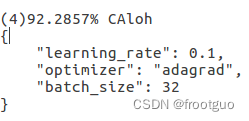

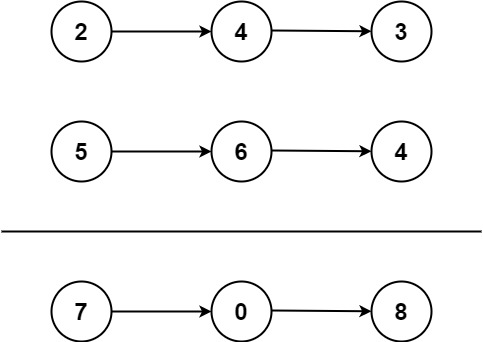


![[游戏开发][Unity]出包真机运行花屏(已解决)](https://img-blog.csdnimg.cn/img_convert/bbbb8ec9749c92de6c7533aa3a90750c.png)


